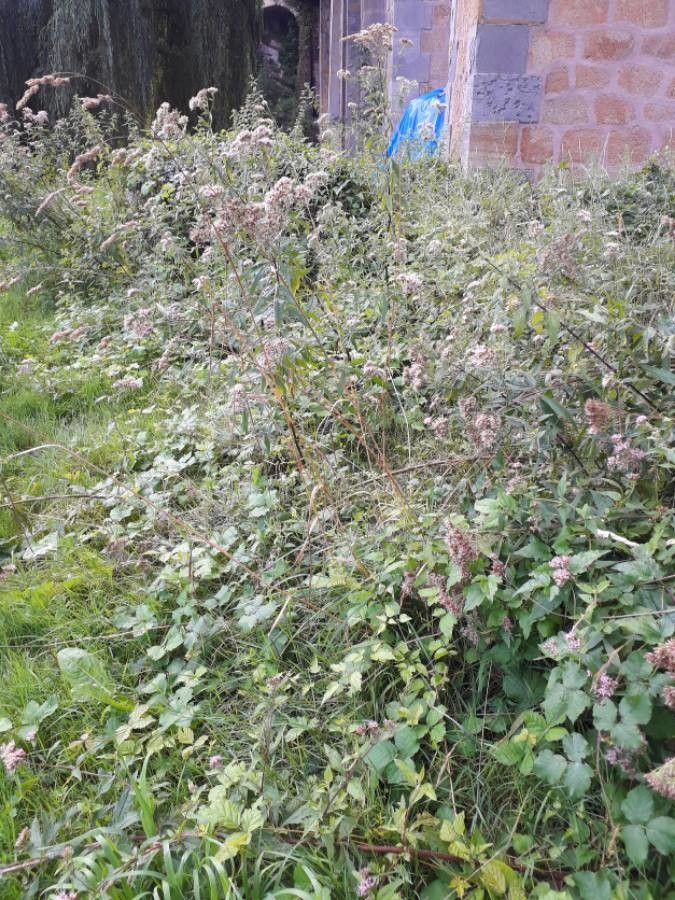## Hemp-Agrimony: A Comprehensive Guide
Hemp-agrimony ( *Eupatorium cannabinum*) is a striking perennial plant belonging to the Asteraceae family, also known as the daisy or sunflower family. Its common name, however, is a bit misleading—it’s not related to hemp (Cannabis sativa) at all, despite the similar name. This robust plant is native to Europe, Asia, and North Africa, and it boasts unique characteristics that make it a fascinating addition to any garden or a valuable subject for botanical study.
### Identification and Physical Characteristics
Hemp-agrimony is easily identified by its tall, sturdy stems that can reach heights of 4-6 feet (1.2-1.8 meters). Its leaves are opposite, palmate, and coarsely toothed, giving it a somewhat rough texture. The leaves are dark green and are usually 5-7 lobed. The most distinctive feature, however, is its flower heads. These are small, numerous, and pink to purplish-pink, arranged in dense, terminal clusters. These clusters bloom from late summer to early autumn, attracting various pollinators to the garden.
### Habitat and Growth
Hemp-agrimony thrives in damp, rich soils, often found along the banks of streams, ditches, and wet meadows. It prefers partial shade to full sun, although it can tolerate full sun in areas with consistently moist soil. The plant is quite adaptable and will grow well in a variety of conditions as long as the soil is kept consistently moist. It can spread readily through rhizomes, creating dense colonies.
### Cultivating Hemp-Agrimony
Growing hemp-agrimony from seed is a relatively straightforward process. Sow seeds in the spring after the last frost, directly into moist soil. Ensure the soil is well-draining, yet consistently moist, to prevent the seeds from drying out. Alternatively, you can start seeds indoors several weeks before the last frost. Division is another simple method of propagation; established plants can easily be divided in spring or autumn.
### Care and Maintenance
Once established, hemp-agrimony is relatively low-maintenance. It requires regular watering, especially during dry periods. Deadheading spent flower heads will promote further blooms. The plant is generally pest and disease resistant, but monitor for any signs of fungal infections, especially in overly wet conditions. Pruning can help maintain the plant's shape and size, especially if it becomes too sprawling.
### Uses and Benefits
Historically, hemp-agrimony has been used in traditional medicine. It has astringent and vulnerary properties, often used topically for skin ailments. It's also been used as a diuretic and anti-inflammatory. However, always consult a healthcare professional before using any herbal remedies. Today, its main use is primarily ornamental, adding a unique and visually appealing element to gardens, particularly in wilder, more natural settings.
### Conclusion
Hemp-agrimony's striking appearance, adaptability, and relatively low-maintenance nature make it a wonderful choice for gardeners looking to add a touch of wild beauty to their landscapes. By following these guidelines, you can successfully cultivate and enjoy this fascinating plant for years to come.
Hemp-Agrimony: Guide to Growing & Care

Frequently Asked Questions
How to grow Hemp-Agrimony from seed?
Sow seeds in spring after the last frost directly into moist, well-draining soil. Alternatively, start seeds indoors several weeks before the last frost. Keep soil consistently moist.
What type of soil does Hemp-Agrimony need?
Hemp-agrimony thrives in damp, rich soil that remains consistently moist. Well-draining soil is important to prevent waterlogging.


